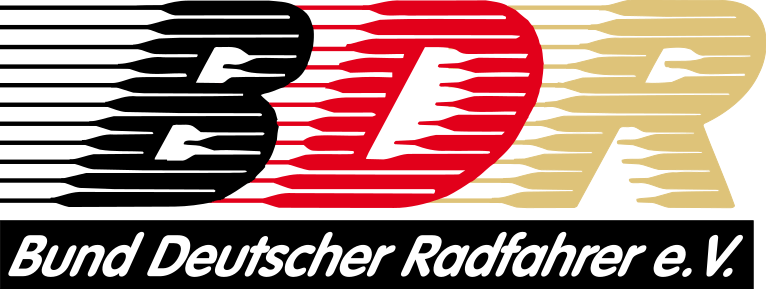Helmet position, ventilation holes and drag in cycling
(Helmposition, Ventilationslöcher und Luftwiderstand im Radsport)
Although the primary purpose of cycling helmets is crash safety, helmets can also be used to help reduce aerodynamic drag. Commercial helmets differ from one another in their shape, length, mass, frontal area, number of vents, size of vents, shape of vents and location of vents, all of which may play an important role in terms of aerodynamic drag. In this study, the influence of helmet hole configuration and helmet position on the aerodynamic drag for one shape of aero helmet was analysed, to identify the significance of the number and location of ventilation holes. Wind tunnel tests were carried out on a model head with a 3D printed aero helmet with holes that could be blocked to simulate different configurations. In addition the drag was measured for different head angles and different positions of the helmet on the head with all ventilation holes closed. The results showed that head angle and nose-to-helmet distance were more important in determining drag area than the number or position of ventilation holes, with only a slight reduction in aerodynamic drag for a helmet with no ventilation holes compared to multiple, large holes. For an aero helmet, proper helmet fitting is more important than the details of the ventilation holes.
---
Volltextanfrage bei ResearchGate: https://www.researchgate.net/publication/282477869_Helmet_position_ventilation_holes_and_drag_in_cycling
© Copyright 2015 Sports Engineering. The Faculty of Health & Wellbeing, Sheffield Hallam University. Alle Rechte vorbehalten.
| Schlagworte: | Radsport Ausrüstung Sicherheit Kopf Mechanik Aerodynamik Luft Widerstand |
|---|---|
| Notationen: | Ausdauersportarten Naturwissenschaften und Technik |
| Tagging: | Helm Luftwiderstand |
| DOI: | 10.1007/s12283-015-0181-7 |
| Veröffentlicht in: | Sports Engineering |
| Veröffentlicht: |
2015
|
| Jahrgang: | 18 |
| Heft: | 4 |
| Seiten: | 241-248 |
| Dokumentenarten: | Artikel |
| Sprache: | Englisch |
| Level: | hoch |
